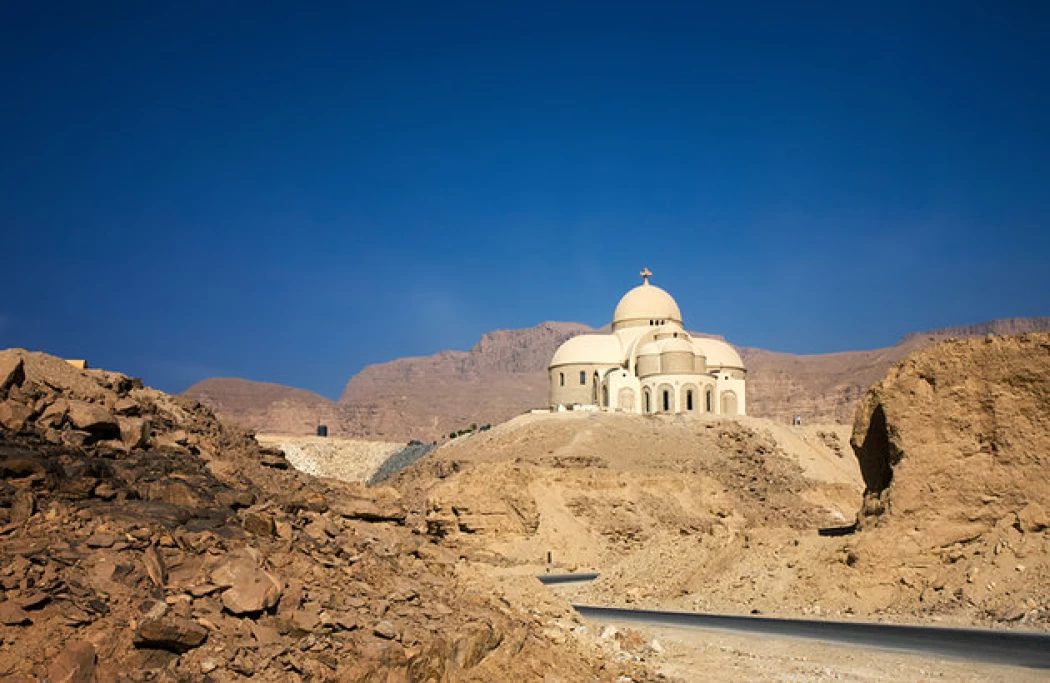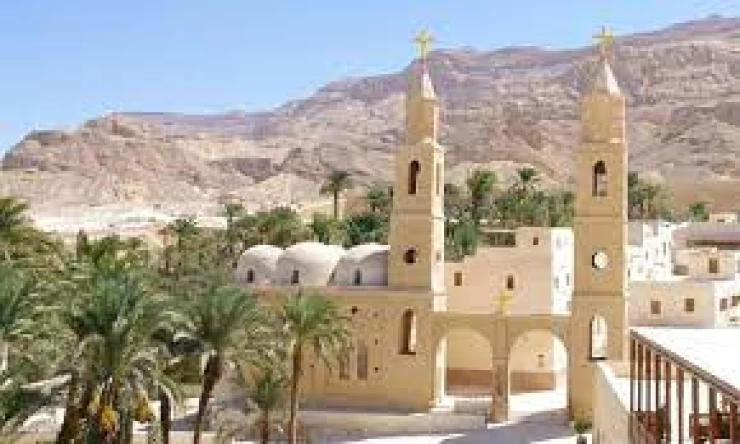
Saint Paul Monastery | Coptic Heritage
Saint Paul Monastery | Coptic Heritage
The Monastery of Saint Paul, also referred to as the Monastery of Saint Paul the Anachorete, is an aged Christian structure situated in the eastern desert of Egypt. It has olive tree plantation and desert around the circumference. Established in 4th century this monastery is named after one of the earliest Christian monks called Paul of Thebes. This place of silence and spirit brings closer many pilgrims from various corners of the world to experience the interesting culture of Coptic monasticism and its history.
The design of the monastery is multifaceted in respect to architecture and speaks volumes of the history that it has been through. The building is decorated with beautiful images in the form of paintings on walls, showing scenes from the Bible and saints. These paintings, made by friar painters, have enormous significance not only as a spiritual art but are of historical importance since they show the evolution of a certain aspect of Christianity, in this case, its art in Egypt.
St. Paul’s Monastery is wellknown across the world for its rich collection of religious objects andpieces including old scriptures, icons, each depicting a saint and ceremonial items. Such treasures, which are most of the times well taken care of provide a glimpse into the historical practices and values of the Copts across time. They provide an insight into the importance of the monastic tradition in Egyptian Christianity and its influence on Christian orthodoxy.
In the context of Coptic heritage, the monastery represents a symbol of resistance and faith in the face of historical challenges. The Coptic community has faced oppression since its inception. They have, however, found in this country, spiritual solace and a way to keep, protect and continue practicing their traditions. Presently, the St Paul Monastery is an active place of worship and reflection and attracts great interest, not only from the faithful, but also from academics and historians, who study Coptic culture.
St Paul, formerly known as Saul of Tarsus, is one of the most important figures in the expansion of Christianity in its foundation years. He was born circa AD 5 in Tarsus in modern-day Turkey and grew up to be a Pharisaic Jew, who vehemently hunted down the earliest Christians. Yet, his outlook on life changed dramatically when he encountered Jesus Christ while traveling to Damascus in order to further persecute the Christians there. This was a turning point in his life and devoted him to spreading the Gospel of Christ.
Following his conversion, Paul embarked upon a series of missionary expeditions across the Roman Empire, wherever he was able to establish flying Christian communities in places like Antioch, Corinth and Ephesus. He is considered the Gentiles’ apostle as the history credits him with making Christianity mission to Gentiles. His correspondence with the churches, or the epistles, is now a cornerstone of the New Testament texts which tackle issues of doctrine, morality as well as practice.















